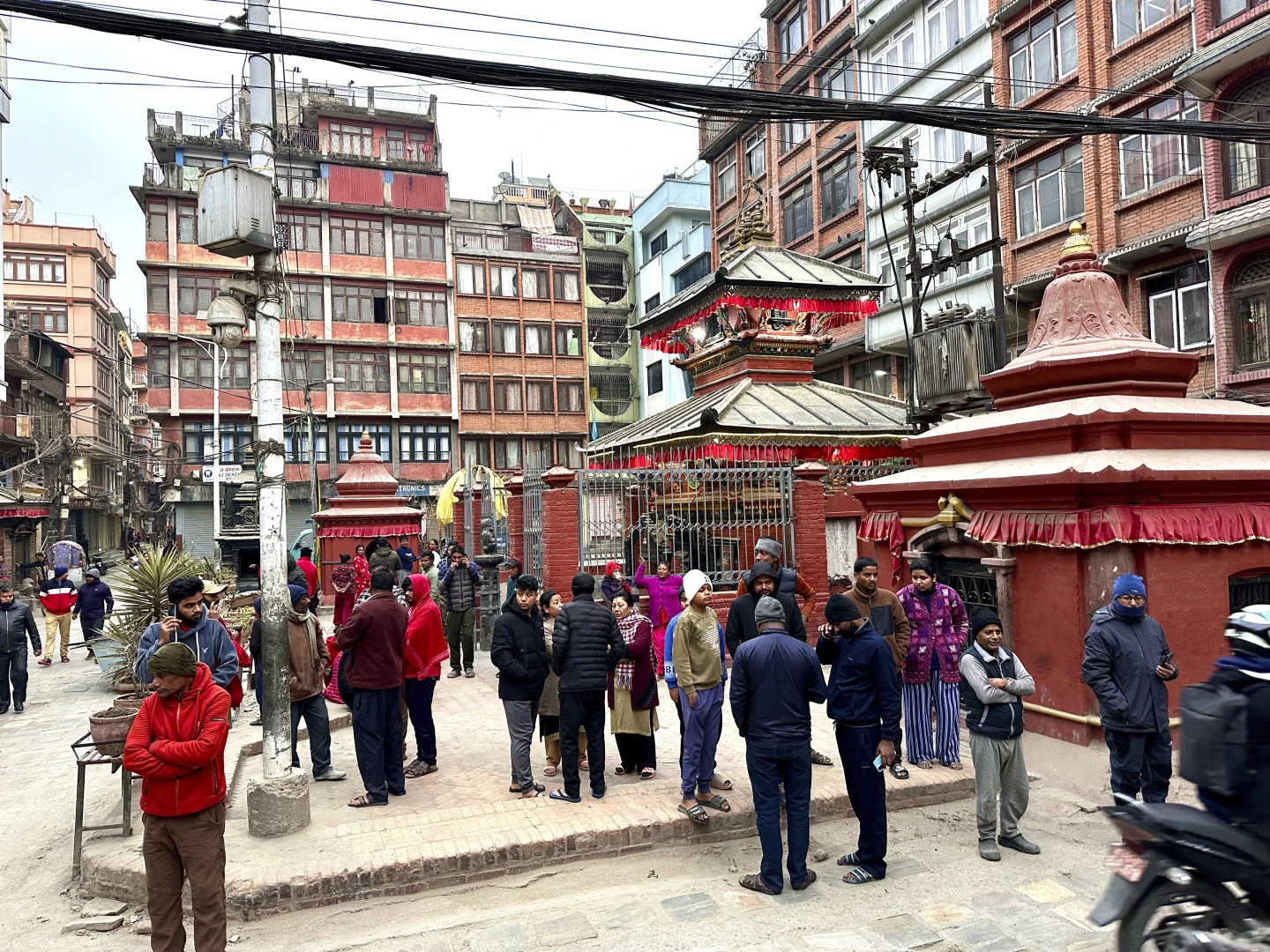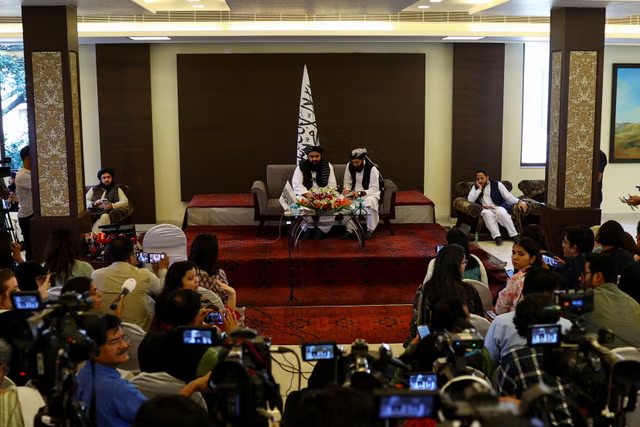Strong Earthquake in Tibet Raises Death Toll to 126, Many Trapped Under Debris
Beijing, January 7 – A powerful earthquake struck the high-altitude region of western China and parts of Nepal on Tuesday, resulting in at least 126 deaths in Tibet and leaving many trapped under rubble. Several aftershocks followed the initial quake, shaking the remote region.
Rescue workers climbed through the debris, using ladders in some instances, as they searched for survivors in heavily damaged villages. Videos posted by China's Ministry of Emergency Management showed two people being carried on stretchers over the wreckage of collapsed homes.
According to the official Xinhua News Agency, at least 188 people were injured on the Chinese side of Tibet.
State broadcaster CCTV reported that more than 1,000 homes were damaged in the barren and sparsely populated area. Footage showed streets littered with rubble and crushed cars.
In northeastern Nepal, the earthquake was strongly felt, but there were no immediate reports of casualties or damage, according to the country's National Emergency Operation Center. The Mount Everest area, located about 75 kilometers southwest of the epicenter, remained largely deserted during the winter, with even some residents moving away to escape the cold. The quake woke residents in Nepal's capital, Kathmandu — about 230 kilometers from the epicenter — and sent them running into the streets.
The U.S. Geological Survey (USGS) reported the earthquake's magnitude as 7.1 and its depth at about 10 kilometers. China's Earthquake Networks Center recorded the magnitude as 6.8. Shallow earthquakes often cause more damage.
The epicenter was in Tibet's Tingri County, where the collision of the Indian and Eurasian tectonic plates can trigger powerful earthquakes, strong enough to alter the heights of some of the world's tallest peaks in the Himalayan mountains. While Tibet is part of China, many Tibetans remain loyal to the Dalai Lama, who has lived in exile in India since a failed anti-Chinese uprising in 1959. Western governments and human rights organizations have frequently accused the Chinese government of human rights abuses in Tibet, where dissent has been suppressed alongside significant economic development efforts.
The USGS noted that the region has experienced at least 10 earthquakes with a magnitude of 6 or higher in the past century. Approximately 150 aftershocks were recorded in the nine hours following the initial earthquake, leading to the closure of the Mount Everest scenic area on the Chinese side.
Chinese leader Xi Jinping called for an all-out effort to rescue those affected, minimize casualties, and resettle those whose homes were destroyed. CCTV reported that more than 3,000 rescuers were deployed to the area.
Vice Premier Zhang Guoqing was sent to oversee the rescue operations, and the government allocated 100 million yuan ($13.6 million) for disaster relief.
Around 6,900 people live in three townships and 27 villages within 20 kilometers of the epicenter on the Chinese side, with an average altitude of about 4,200 meters, according to a social media post by China's earthquake center.
In a video from the southwestern outskirts of Kathmandu, water was seen spilling onto the street from a pond in a courtyard with a small temple.
“It is a big earthquake,” a woman is heard saying. “Everyone is shaking.”










